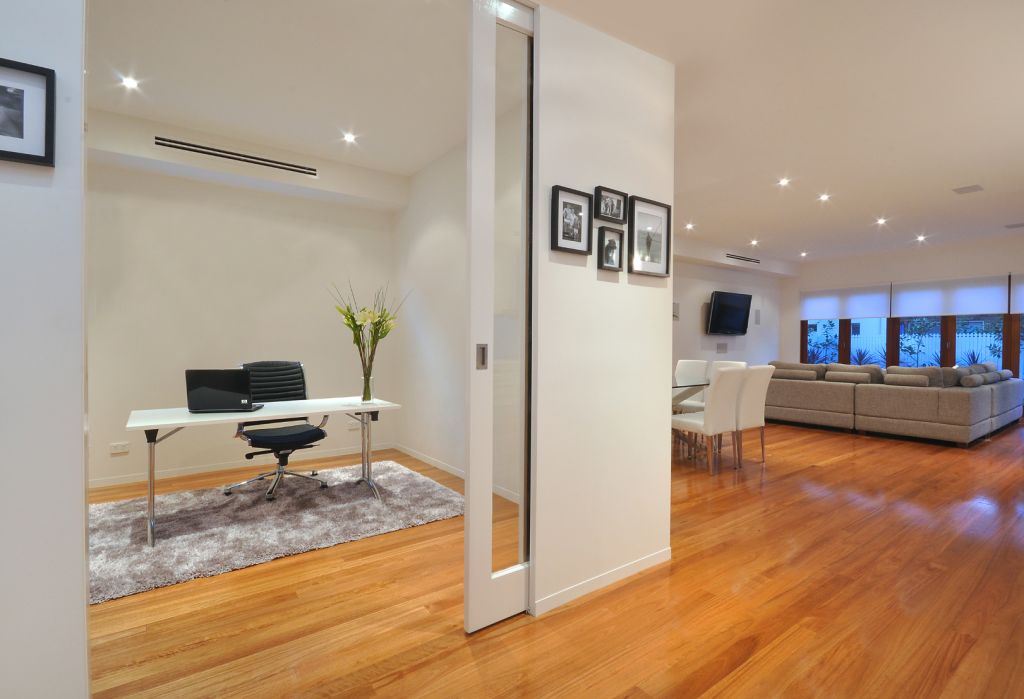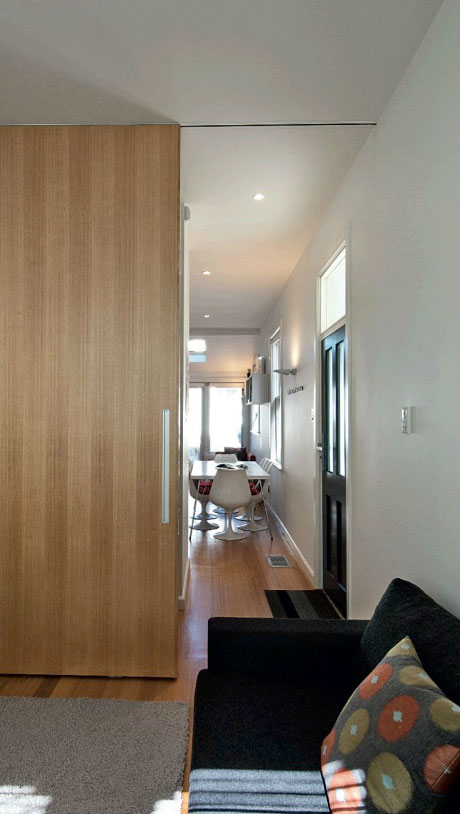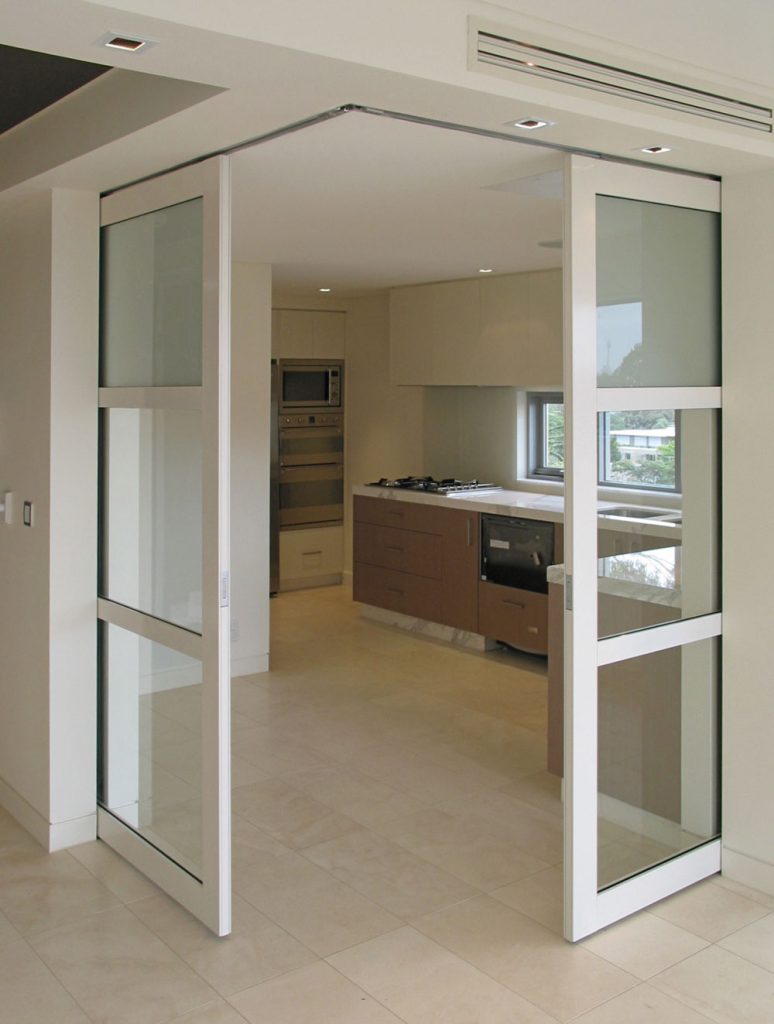When it comes to optimizing the functionality and aesthetics of your home, a Ceiling Mount Sliding Door Track is an innovative solution that can dramatically transform your space. Whether you are looking to save space, enhance accessibility, or add a modern touch to your decor, sliding doors offer numerous advantages. This article will explore the various aspects of ceiling mount sliding door tracks, including their benefits, installation processes, and maintenance tips, providing you with everything you need to make an informed decision.

Understanding Ceiling Mount Sliding Door Tracks
What is a Ceiling Mount Sliding Door Track?
A Ceiling Mount Sliding Door Track is a system designed to facilitate the smooth opening and closing of sliding doors that are suspended from a track mounted to the ceiling. Unlike traditional sliding doors that operate on a track attached to the floor, ceiling-mounted tracks allow for a more streamlined look, minimizing the amount of visible hardware and maximizing floor space. This design is especially advantageous in smaller areas where floor space is at a premium.
Advantages of Ceiling Mount Sliding Door Tracks
- Space Efficiency: One of the most significant benefits of ceiling mount sliding door tracks is their ability to save floor space. Since there is no need for a floor track, furniture placement becomes more flexible, allowing for better use of the room.
- Aesthetic Appeal: Ceiling-mounted systems contribute to a modern and minimalist aesthetic. They create a clean, uncluttered look by eliminating the need for bulky hardware on the floor, making them ideal for contemporary interior design.
- Versatility: Ceiling mount sliding door tracks can accommodate a wide variety of door styles, including barn doors, pocket doors, and even custom-designed options. This versatility allows homeowners to match their doors with their overall decor.
- Improved Accessibility: These tracks can be installed at varying heights, making it easier for people of all ages and abilities to operate the doors. This feature is particularly beneficial in homes with children or individuals with mobility challenges.
- Enhanced Durability: Ceiling mount sliding door systems are typically made from high-quality materials that are designed to withstand frequent use. Many tracks are engineered to support heavy doors, ensuring long-lasting performance.
Read too: Shiplap Ceiling in Kitchen: A Timeless Trend for a Stylish and Cozy Space
Types of Ceiling Mount Sliding Door Tracks
When selecting a Ceiling Mount Sliding Door Track, it’s important to consider the various types available to find the one that best suits your needs.
1. Single Track Systems
Single track systems consist of one track that supports one door. This setup is ideal for smaller openings where space is limited. Single tracks are easy to install and typically require fewer materials, making them a cost-effective choice.
2. Double Track Systems
Double track systems allow for two doors to slide on parallel tracks. This configuration is perfect for larger openings or for creating a more expansive entryway. Double tracks can enhance airflow and visibility between rooms while providing easy access.
3. Bi-parting Track Systems
Bi-parting track systems are designed for doors that slide open from the center to both sides. This style is great for wider spaces, as it allows for easy access and creates a grand entrance. Bi-parting systems can add a dramatic flair to any room.
4. Customizable Track Systems
Some manufacturers offer customizable track systems that can be tailored to fit unique door sizes and configurations. These systems may include specialized hardware for specific design elements, ensuring a perfect fit for your space.
Installation Process for Ceiling Mount Sliding Door Tracks
Installing a Ceiling Mount Sliding Door Track may seem daunting, but with the right tools and guidance, it can be a straightforward process. Here’s a step-by-step guide to help you through the installation.
Tools You Will Need
- Measuring tape
- Level
- Drill and drill bits
- Screwdriver
- Stud finder
- Pencil
- Safety goggles
Step-by-Step Installation
- Measure the Opening: Begin by measuring the width and height of the doorway where you plan to install the sliding door. Ensure that the track is long enough to accommodate the door’s width.
- Locate Ceiling Joists: Use a stud finder to locate the ceiling joists above the opening. Mark their locations with a pencil, as these will be where you attach the track.
- Install the Track: Hold the track up to the ceiling, aligning it with the marked joist locations. Use a level to ensure it is straight. Once aligned, drill pilot holes into the ceiling joists and secure the track using screws.
- Attach the Door Hardware: Depending on your door type, attach the necessary hardware (rollers, brackets, etc.) to the top of the door. Follow the manufacturer’s instructions to ensure proper installation.
- Hang the Door: Lift the door into place, guiding the rollers onto the track. Make sure the door slides smoothly along the track before securing any additional hardware.
- Test the System: Open and close the door several times to ensure it operates smoothly. Make any adjustments as necessary to ensure proper alignment.
Tips for a Successful Installation
- Always wear safety goggles when drilling or using power tools to protect your eyes.
- If you are unsure about any part of the installation process, consider consulting a professional to ensure the job is done correctly.
- Follow the manufacturer’s guidelines carefully, as each sliding door system may have specific installation requirements.
Maintenance Tips for Ceiling Mount Sliding Door Tracks
Once your Ceiling Mount Sliding Door Track is installed, proper maintenance is crucial for ensuring its longevity and functionality. Here are some maintenance tips to keep your sliding doors in excellent condition.
1. Regular Cleaning
Dust and debris can accumulate in the track over time, affecting the door’s ability to slide smoothly. Regularly clean the track with a soft cloth or vacuum attachment to remove any dirt or particles. This will help prevent sticking and ensure smooth operation.
2. Lubricate Moving Parts
To keep the door sliding effortlessly, periodically lubricate the rollers and track with a silicone-based lubricant. Avoid using oil-based lubricants, as they can attract dust and grime. A little lubrication goes a long way in maintaining smooth operation.
3. Check for Alignment
Over time, doors may shift or become misaligned. Regularly check the alignment of your sliding door and track. If you notice any misalignment, make the necessary adjustments to ensure that the door operates smoothly and does not get stuck.
4. Inspect for Damage
Periodically inspect the track, rollers, and door for any signs of damage or wear. Address any issues promptly to avoid further complications. If you notice any cracks or structural problems, consider replacing the affected parts.
Choosing the Right Ceiling Mount Sliding Door Track
Selecting the right Ceiling Mount Sliding Door Track requires careful consideration of your specific needs and preferences. Here are some factors to keep in mind when making your choice:
1. Door Weight and Size
Ensure that the track system you choose can support the weight and size of your door. Heavier doors may require a more robust track system with additional support.
2. Aesthetic Considerations
Consider the overall design and aesthetics of your space. Choose a track system that complements your interior decor, whether you prefer a sleek modern look or a more rustic charm.
3. Budget
Determine your budget before shopping for a ceiling mount sliding door track. Prices can vary significantly based on materials, design, and brand. Set a budget that allows for high-quality materials without compromising on safety and functionality.
4. Installation Requirements
Evaluate your comfort level with DIY projects. If you are not confident in your ability to install the system yourself, consider hiring a professional to ensure proper installation.
Conclusion
A Ceiling Mount Sliding Door Track is an excellent addition to any home, offering both practical benefits and aesthetic appeal. With their ability to save space, enhance accessibility, and provide a modern touch, ceiling-mounted sliding doors are a versatile solution for any room. By understanding the different types of tracks, installation processes, and maintenance requirements, you can make an informed decision that will enhance your living space for years to come.
Whether you’re considering a DIY installation or hiring a professional, taking the time to research and choose the right ceiling mount sliding door track will result in a beautiful, functional addition to your home. Enjoy the benefits of an open, airy space while making a stylish statement with your sliding door!


